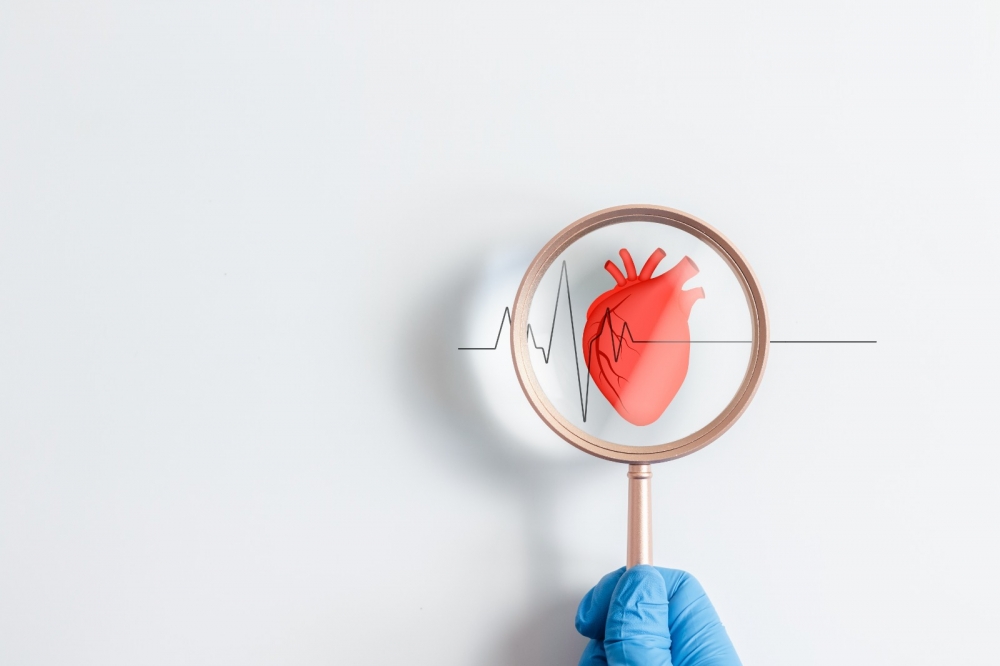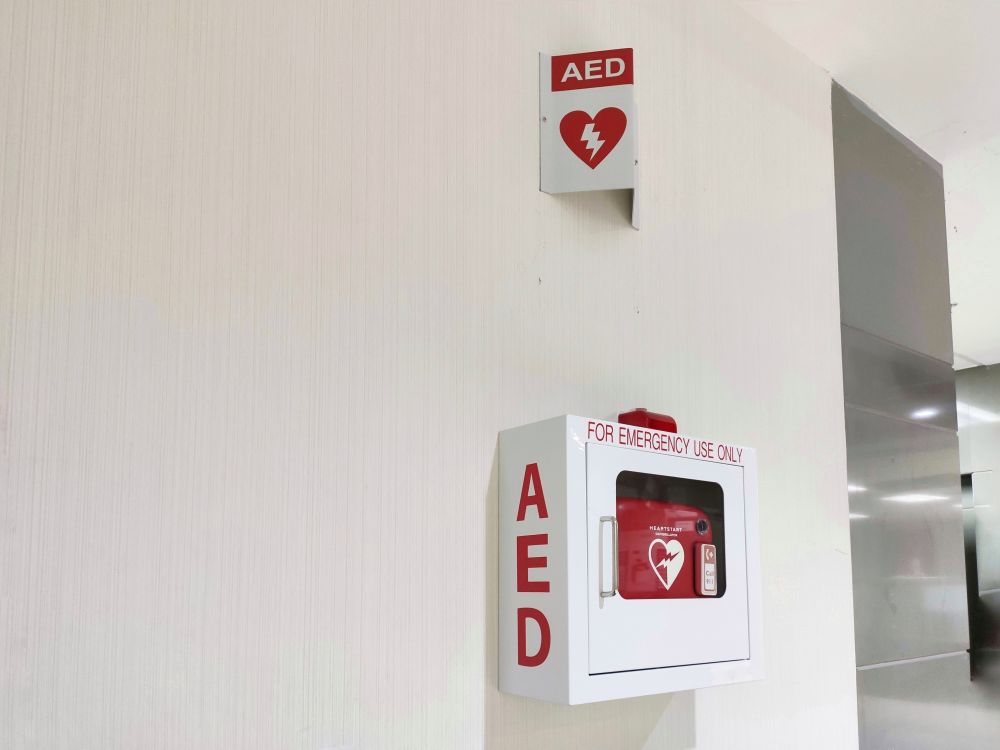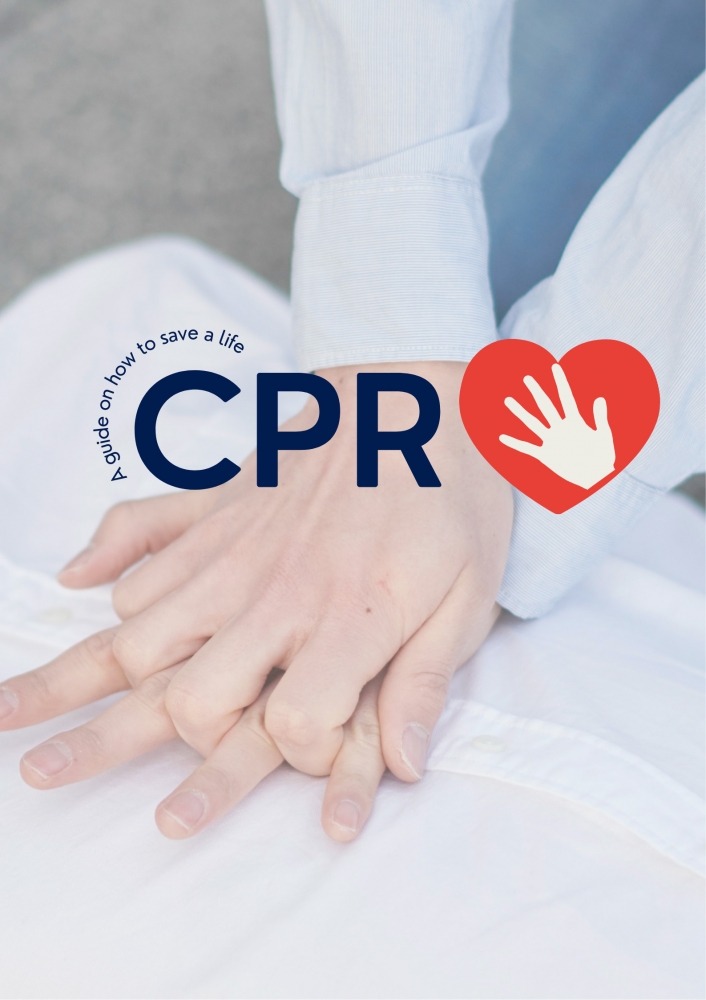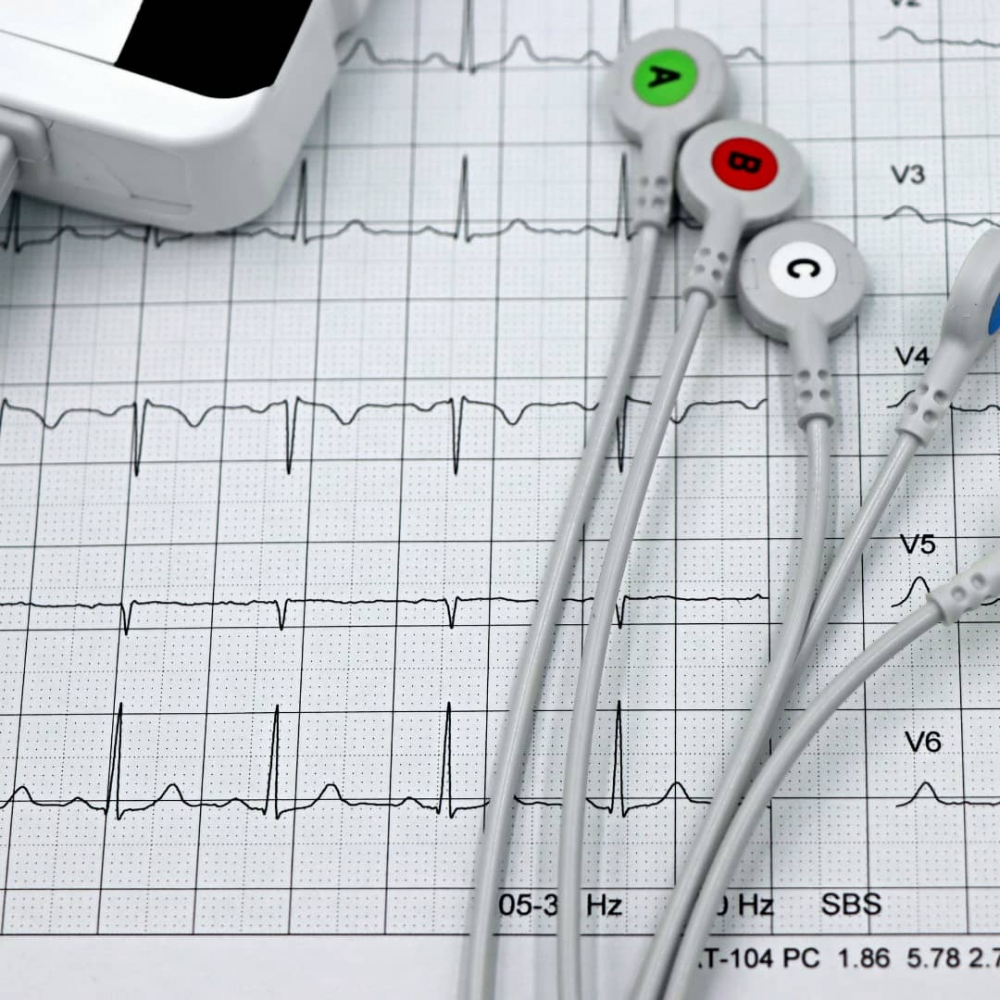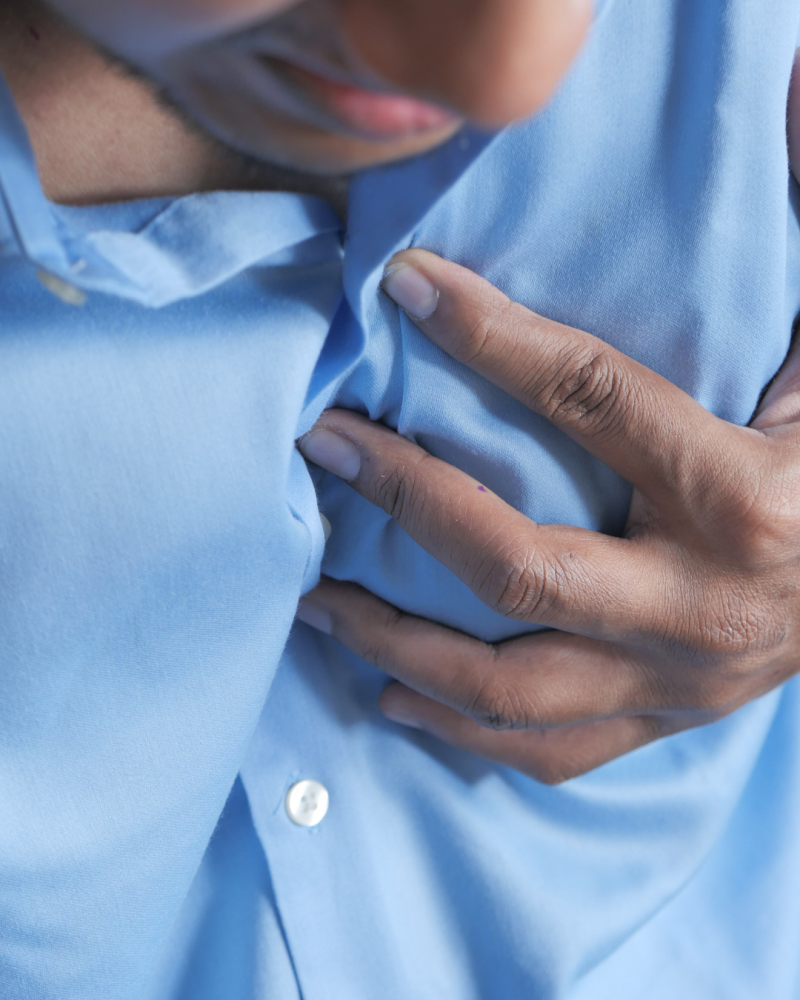These Simple Steps Could Save a Life — Learn What to Do in a Cardiac Arrest with Dr. Lim Fang Jen

When someone collapses suddenly, it can be a confusing and overwhelming situation. In cases of sudden cardiac arrest, the heart abruptly stops beating, often without warning. In this critical moment, the actions of bystanders can mean the difference between life and death. But would you know what to do?
Let’s understand how knowing the right steps in an emergency can make a meaningful difference and offer someone a chance at life.
CALL, PUSH, SHOCK
When someone is unresponsive and not breathing normally, every second counts. Follow these three simple steps to give them the best chance of survival.
CALL – Get Emergency Help Immediately
✔ Dial 999 (or your local emergency number) and put your phone on speaker mode.
✔ Emergency responders will guide you through CPR and locating the nearest Automated External Defibrillator (AED) if available.
✔ If there are others nearby, assign someone to retrieve an AED while you start CPR.
PUSH – Start CPR Right Away
✔ If the person is not breathing normally, begin chest compressions immediately.
✔ Place the heel of your hand in the center of their chest and push hard and fast, at a rate of 100–120 compressions per minute (think of the beat of “Stayin’ Alive” by the Bee Gees).
✔ Continue compressions until medical help arrives or an AED is available.
SHOCK – Use an AED (Defibrillator)
✔ AEDs are designed to be simple and safe to use, even without training.
✔ Open the AED, turn it on, and follow the voice instructions.
✔ Attach the electrode pads as directed and stand clear while the device analyzes the heart rhythm.
✔ If a shock is advised, press the button when prompted. If no shock is needed, continue CPR.
Why Early Action Matters
A cardiac arrest victim’s survival rate drops by 10% for every minute without CPR or defibrillation. The sooner you start CALL, PUSH, SHOCK, the better the chances of survival.
Be a Lifesaver—Learn How to CALL, PUSH, SHOCK in Just Minutes!
Be a lifesaver, not a bystander—you can make a difference. Share this information with your family, friends, and colleagues. The more people who know CALL, PUSH, SHOCK, the more lives can be saved.
返回
Suggest to Read
